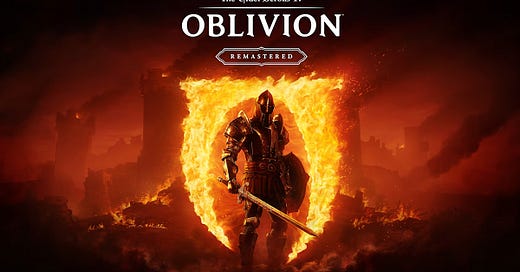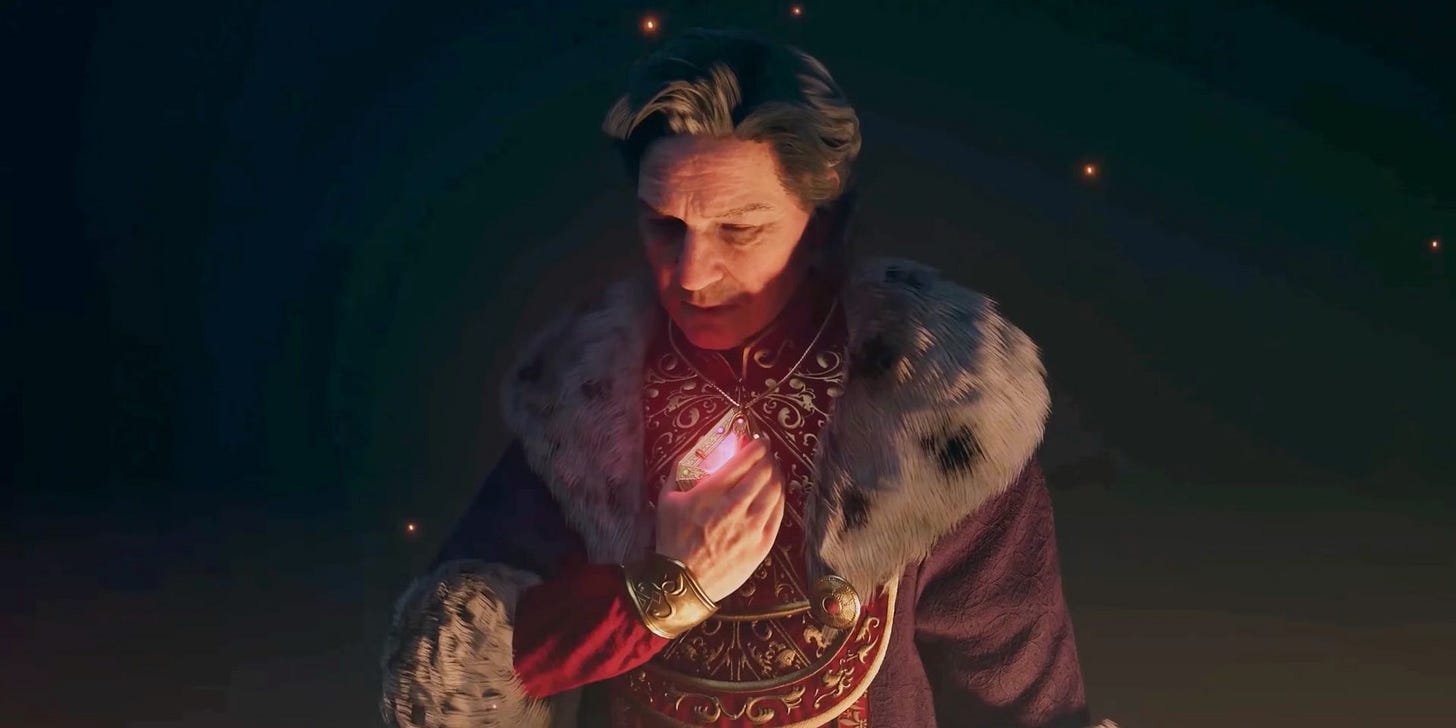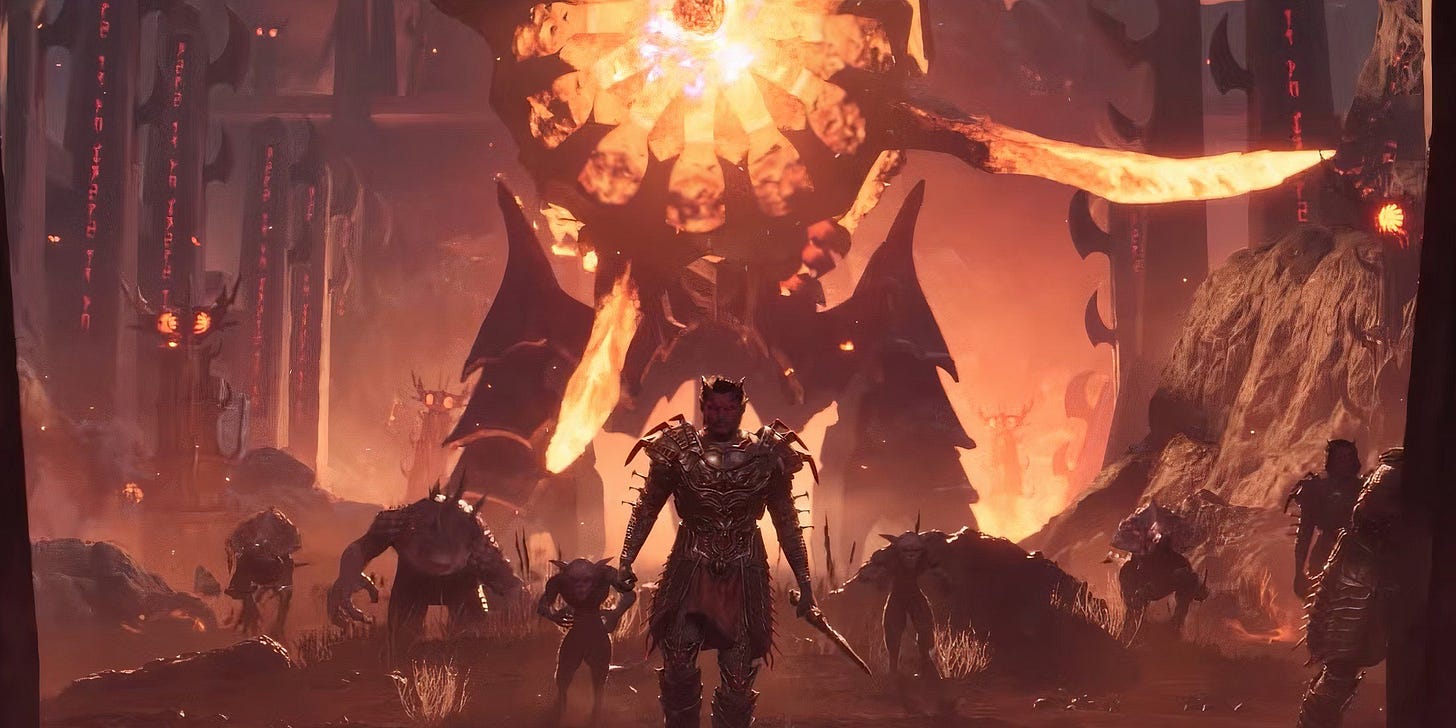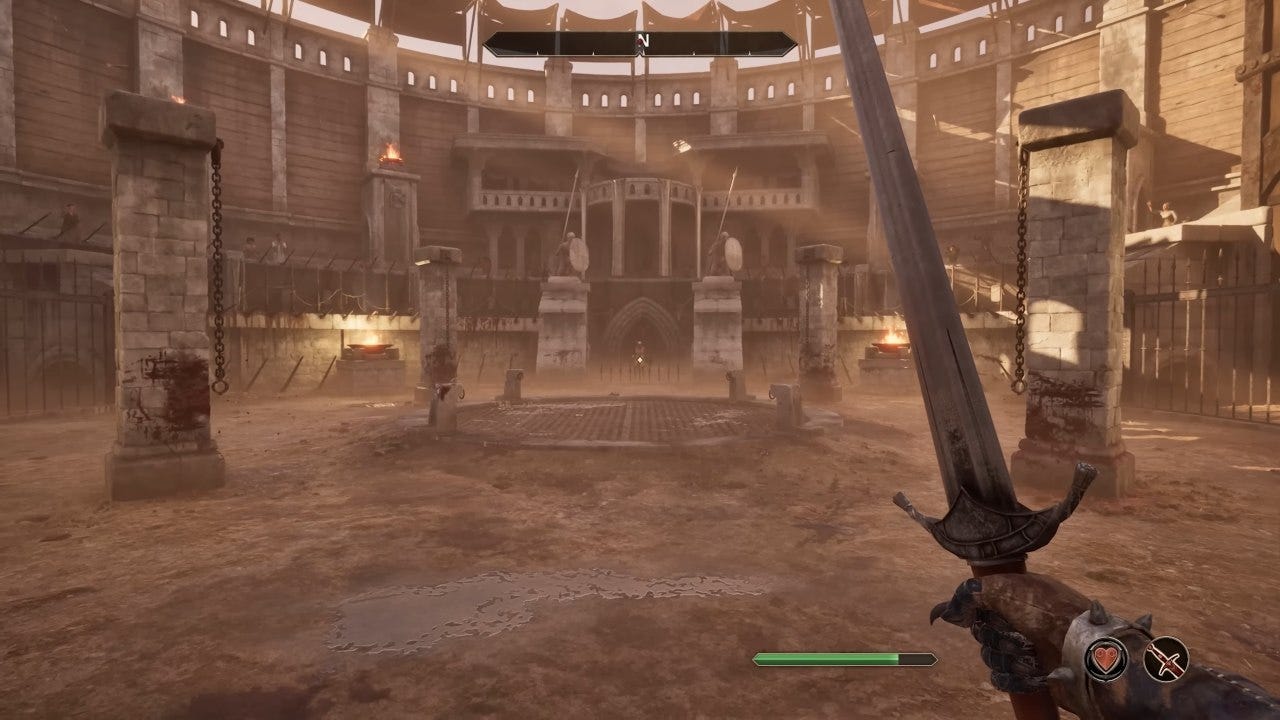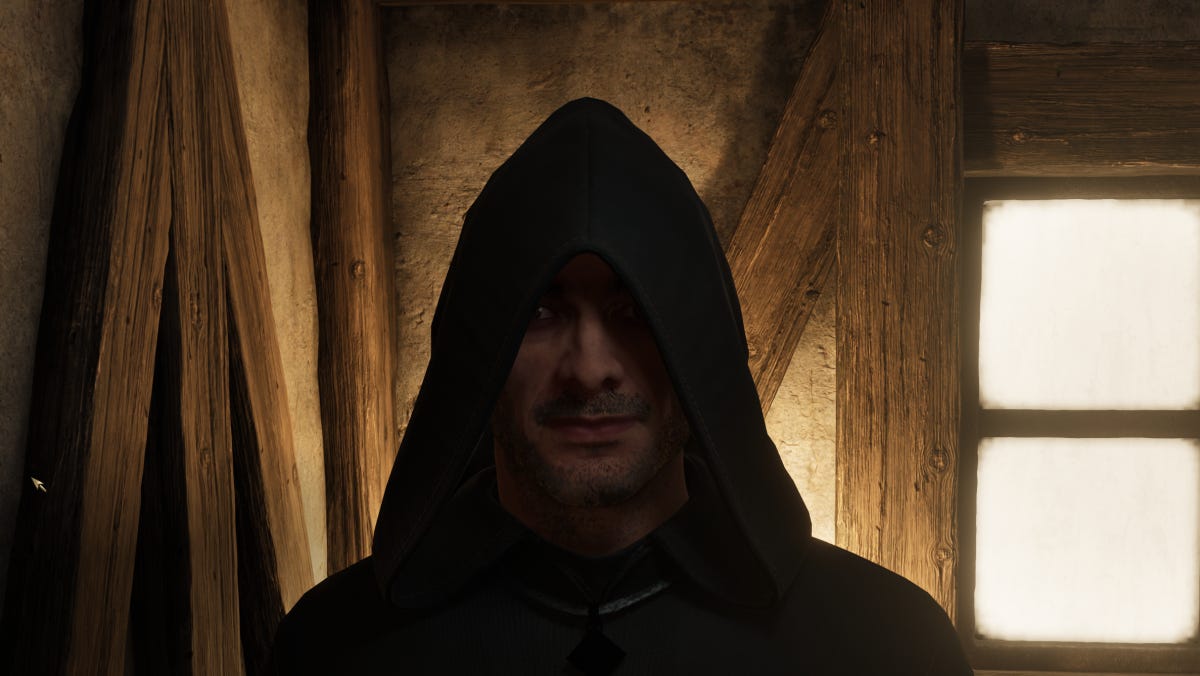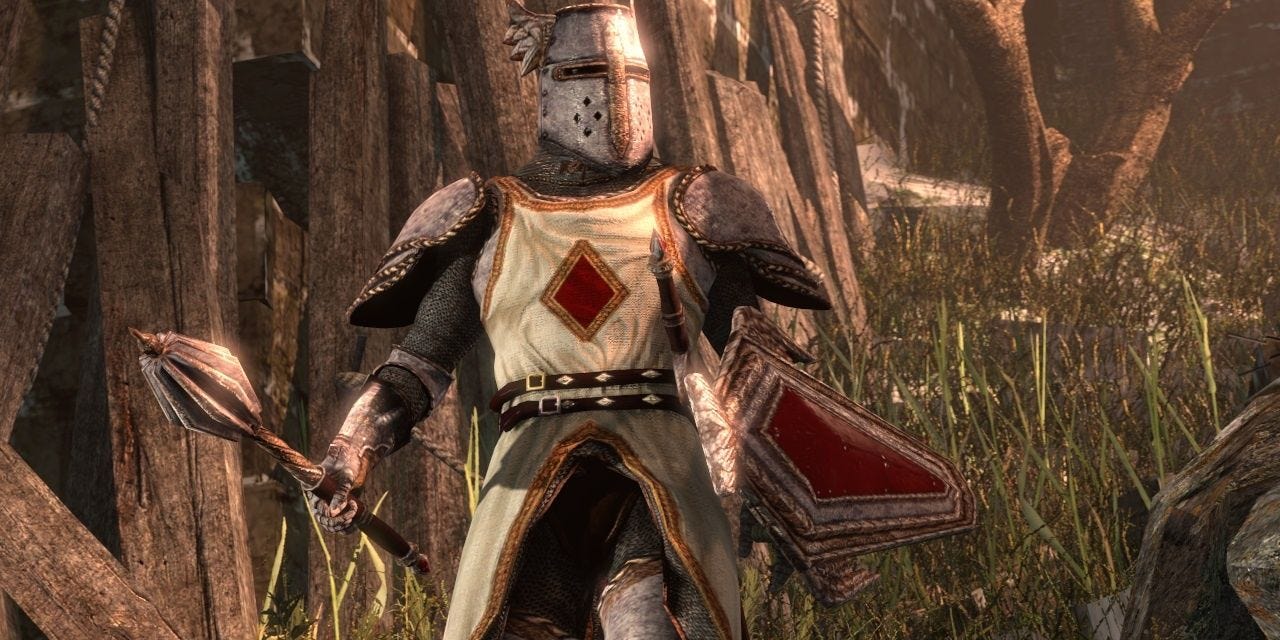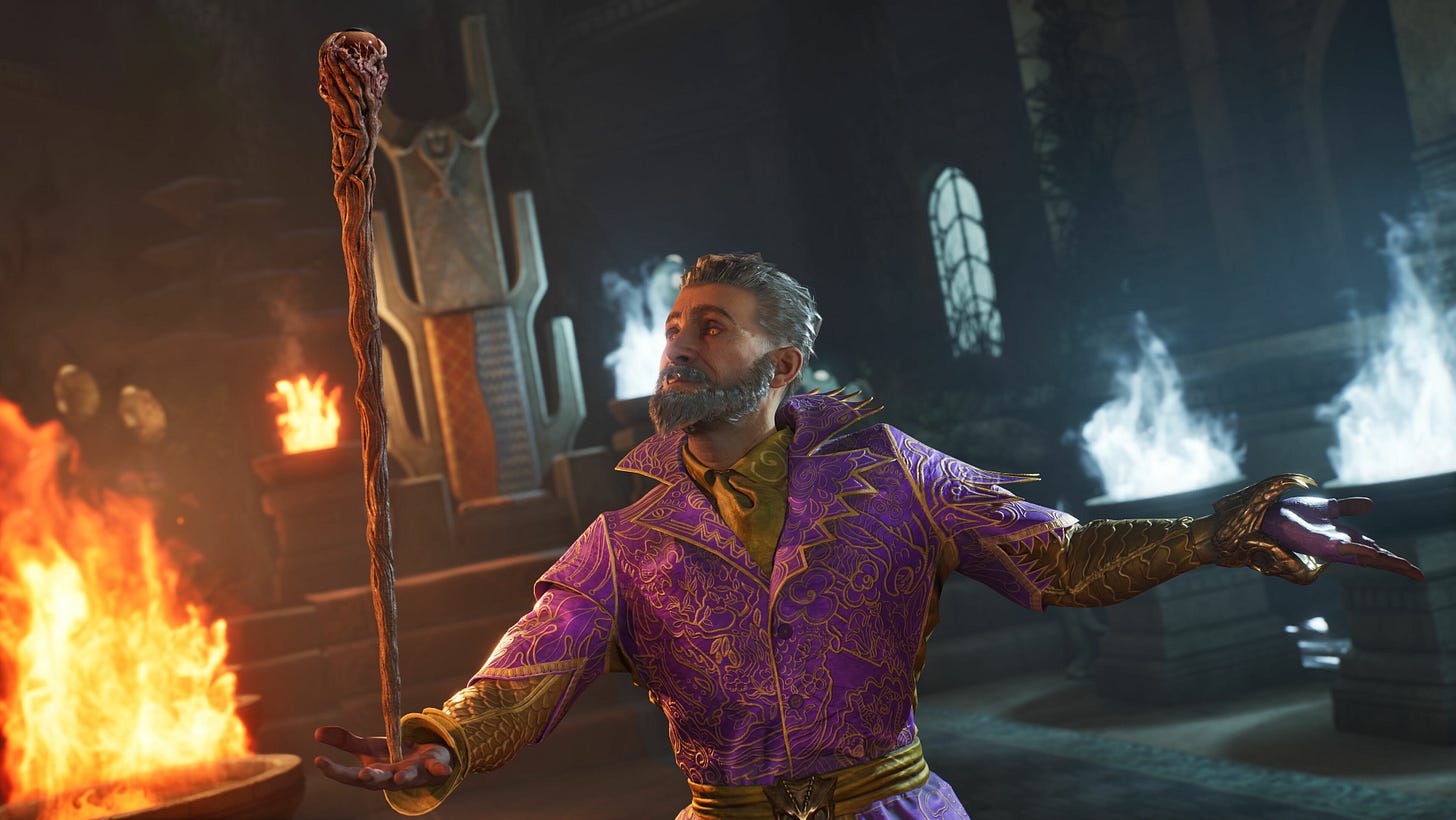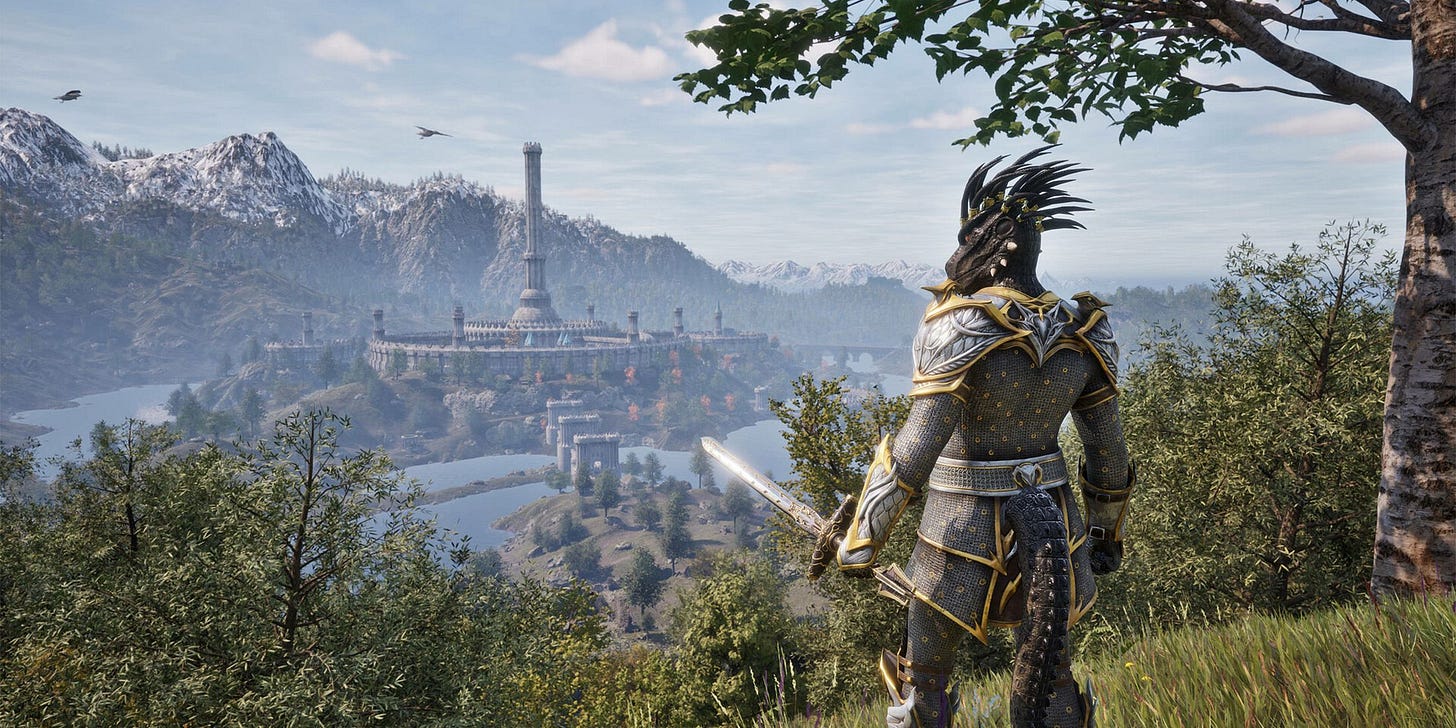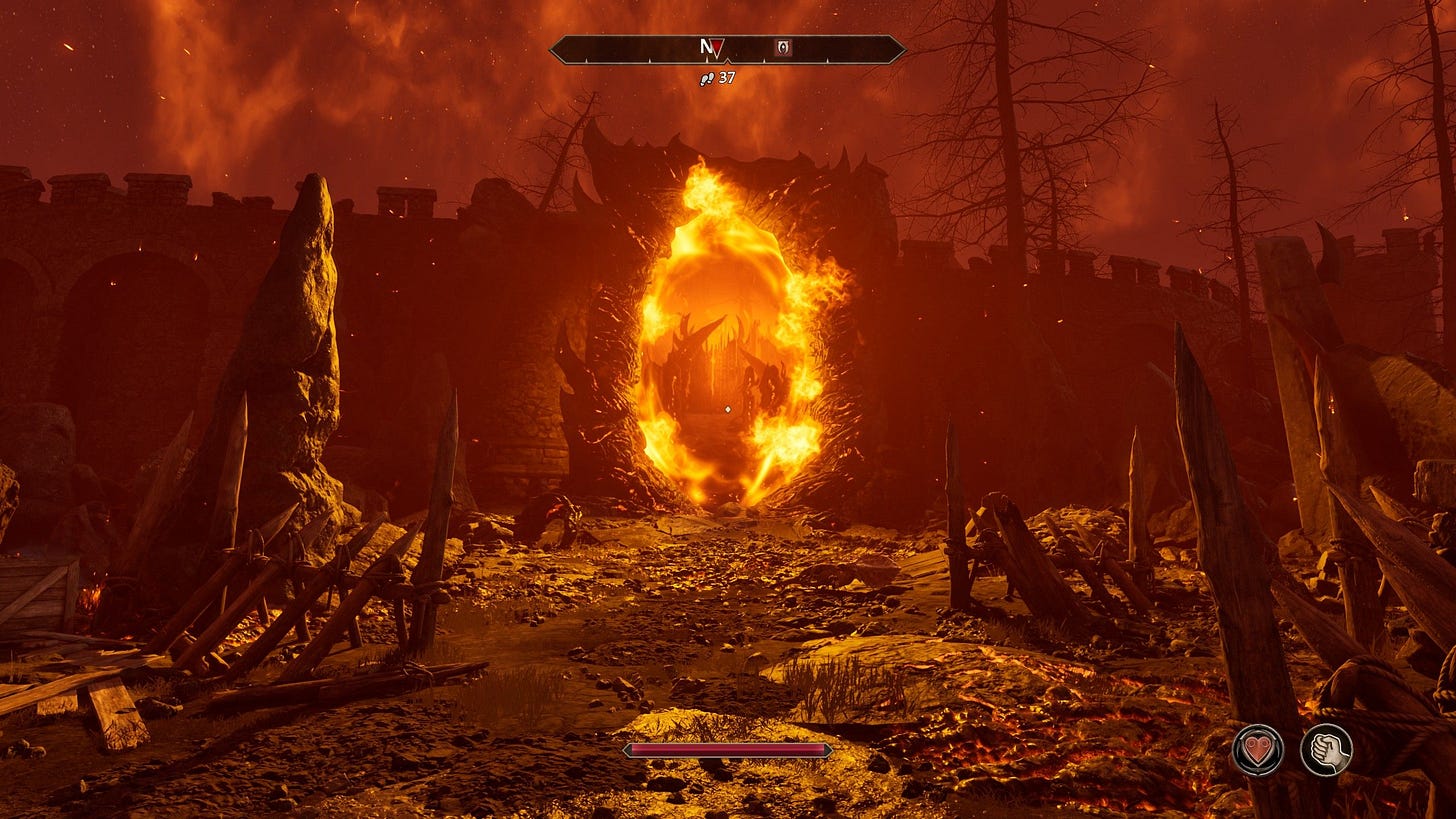Just from the game’s cover image alone, you can’t deny that “The Elder Scrolls IV: Oblivion Remastered” has aura.
I’m not a big medieval fantasy fan, but The Elder Scrolls is a franchise that’s been on my radar ever since I completed playing the Fallout franchise.
I held off for so long because I was waiting for the right time and 19 years after the original’s release, the remaster of “The Elder Scrolls IV: Oblivion” was the perfect entry point.
“The Elder Scrolls IV: Oblivion Remastered” follows the player having a chance encounter with the Emperor Uriel Septim VII (Patrick Stewart) of Cryodiil, one of the provinces in the continent of Tamriel where all of The Elder Scrolls games take place.
In this encounter, the Emperor is assassinated shortly thereafter by mysterious figures, which prompts him to entrust the player with reuniting a heirloom known as the Amulet of Kings with his illegitimate son Martin Septim (Sean Bean) who possesses the power to save Cyrodiil—and all of Tamriel—from being destroyed by the Daedric Lord of Destruction Mehrunes Dagon (Terence Stamp) and the demonic forces of Oblivion.
The plot and story of the game is one of its strongest points as no time is wasted getting you right into the thick of this world and driving the player to explore.
Yes, it does feel like a very sudden bonk on the head to be rushed into everything, but once you leave the starting area and have the Bethesda-famous “walk out” moment, you’ll forget all about it.
Every character and quest along the way is expertly detailed and filled with amazing voice actors that really bring the characters to life, even if that means hearing the same line of dialogue or voice multiple times.
That being said, I found the side quests to often be more intriguing than the main quest itself.
After a certain point in the main story, the main quests will devolve into a repetitive cycle of fetch quests or repeating the same activity with the level design changing each time…except by the point in the game when this happens, you’ve already seen all of those level designs before, which makes the third act feel boring until the final main quest.
One of my favorite side quests I ran into was titled “The Arena” where the player can enter The Arena in the Imperial City, the capital of Tamriel, and fight as a gladiator, slowly rising through the ranks to become the Grand Champion.
Within that quest were fights that rarely felt the same even if the opponent was using a weapon I’d already fought against before and had a side quest related to the current Grand Champion within it that could change the outcome of the final fight.
However, these quests were a lot different than what I was used to in the Fallout games as characters and factions didn’t often set you up for side quests, but rather you’d be forced to go find them yourself.
For example, one of the guilds, also known as factions, in the game is the Dark Brotherhood who have a long quest chain associated with them. In order to start it, you have to just play as a homicidal maniac until they find you.
I don’t know who Bethesda thinks is playing their games, but “kill” was not something on my mind playing the game, so having these guild quests be harder to find is something that doesn’t work for me despite my liking of forcing the player to further explore the world.
Unfortunately, the guild quest chains aren’t filled with as much depth as the main story and fall back into the same repetitive cycle at times depending on which guild you’re with and what quest you’re completing.
“The Elder Scrolls IV: Oblivion Remastered” also comes with the two DLC for the game, “Knights of the Nine” and “Shivering Isles” already installed and fully playable from the start.
“Knights of the Nine” introduces a new faction, which is good for the lore of the game, but falls incredibly short when compared to “Shivering Isles,” which adds an entire new environment to explore in the titular Shivering Isles with a main quest that furthers and enriches the base game’s story.
Environments are also amazing in the remaster as Unreal Engine 5 was used to improve everything from the original release way back in 2006 thanks to the development team at Virtuos.
The art style of the world and characters is more consistent and much more detailed from armor to strands of hair on your character. The most noticeable of these new details is facial animations which have been reworked to be more in line with “Starfield’s” facial animations.
These improvements in Unreal Engine 5 did come at the cost of the color grading. The original game had much more vibrant colors compared to the more brown and grey colors I consistently found while exploring.
For me, the dulled colors didn’t detract from anything as there are plenty of moments in-game with incredible colors such as the final battle and the entrance into the Shivering Isles, but it’s still worth pointing out.
These environments are also straight gas with Jeremy Soule’s soundtrack utilizing brilliant horns to make you feel like you’re on this epic medieval journey.
“Reign of the Septims” is one of the first tracks you’ll hear during the game’s opening and it hits HARD. I’ve been listening to it on repeat leading up to writing this review and while writing right now.
The theme’s grand start playing around the forces of Oblivion before transitioning to an an aerial shot of the Imperial City and settling into a melancholy tone perfectly highlights how this grand empire is in grave danger from the forces of Oblivion.
“Sunrise of Flutes” and “Harvest Dawn” are two other themes that really stuck out to me while I was traversing Cyrodiil on horseback as it reminded me of C418’s work on "Minecraft,” which was primarily soft music with an incredibly relaxing tone.
“The Elder Scrolls IV: Oblivion Remastered” also features reworked gameplay and user interfaces that fit the modern era much better, allowing the game to fall more in line with “The Elder Scrolls V: Skyrim’s” gameplay.
The gameplay also features new additions such as sprinting, which is incredibly welcome so long as you don’t look at the running animation in third-person.
Now it’s time to address the elephant in the room: performance.
Bethesda games are notorious for typically performing at subpar or downright bad levels, but they actually surprised me with the remaster.
Everything ran smoothly with only a few lighting bugs, one quest freezing that was a quick fix and the usual amount of loading screens you’d expect from a Bethesda game.
Seeing as this is a remaster and not a remake, I can understand why these things weren’t changed, but if the gameplay can be overhauled it makes me wonder why these things weren’t touched up either.
As someone who has wanted to get into The Elder Scrolls for a long time, “The Elder Scrolls IV: Oblivion Remastered” was the entry point I had been waiting for, which also goes for all fans whether you’re a newcomer like me or a returning fan coming to see what has changed with the remaster.
The game strikes a nice balance between preserving what the original did in its captivating story and environment while innovating and updating outdated parts in its gameplay, leading to a truly great experience.
So long as you can learn to look over the typical “Bethesda jank” anyways.
The Elder Scrolls IV: Oblivion Remastered — ★ ★ ★ ★
Release Date: April 22, 2025
Developer: Virtuos, Bethesda Game Studios
Publisher: Bethesda Softworks
Platforms: PS5, Xbox Series X|S, PC
Rating: M (Mature 17+)

